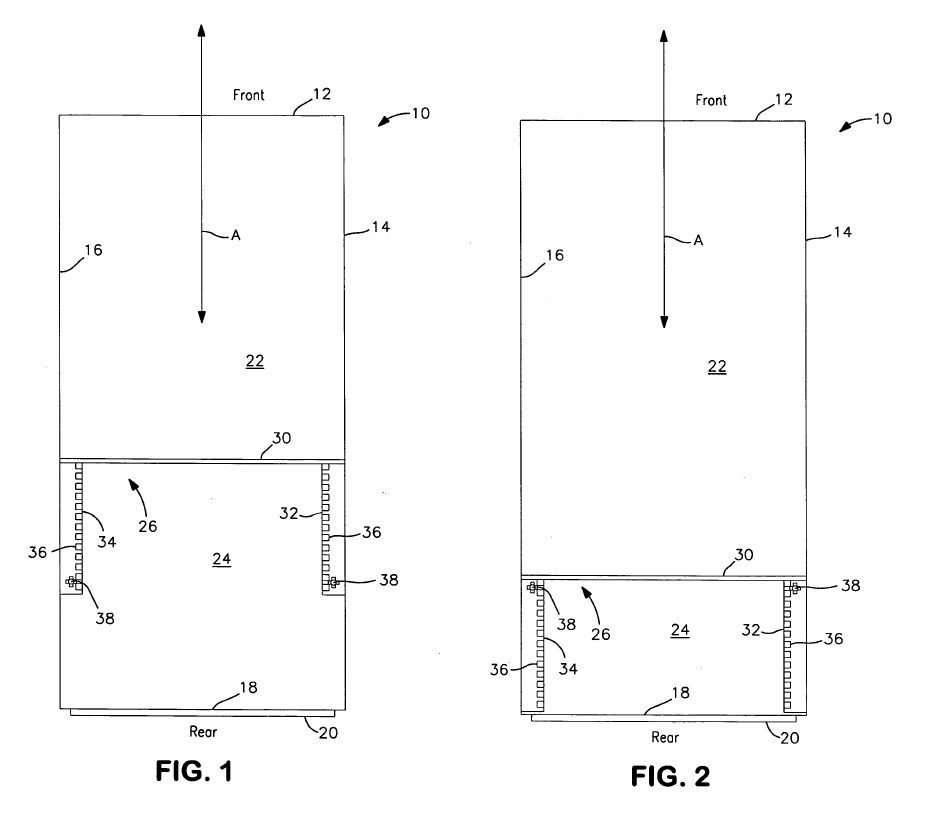In Baxalta Inc. v. Genentech, Inc., [2019-1527] (August 27, 2020), the Federal Circuit vacated the district court’s judgment of non-infringement of the asserted claims of U.S. Patent No. 7,033,590 because the district court erred in construing the terms “antibody” and “antibody fragment,” and remanded.
Generally, antibodies are Y-shaped structures comprising two heavy chains (H chains) and two light chains (L chains). Baxalta argued “antibody” should be construed as a molecule having a specific amino acid sequence comprising two heavy chains (H chains) and two light chains (L chains). Genentech argued “antibody” should instead be construed as an immunoglobulin molecule, having a specific amino acid sequence that only binds to the antigen that induced its synthesis or very similar antigens, consisting of two identical heavy chains (H chains) and two identical light chains (L chains).
The district court determined that the term antibody standing alone without other structural terms can have different meanings to those skilled in the art, and that both Baxalta’s and Genentech’s proposed constructions were acceptable definitions. However, the district adopted Genentech’s narrower definition based on an express definition in column 5 of the patent.
The Federal Circuit said that contrary to the district court’s construction, nothing in the plain language of claim 1 limits the term “antibody” to a specific antibody consisting of two identical heavy chains and two identical light chains or an antibody that only binds the antigen that induced its syn-thesis or very similar antigens. The dependent claims confirm that “antibody” is not so limited.
The Federal Circuit said that the district court’s construction which excludes explicitly claimed embodiments is inconsistent with the plain language of the claims. The district court rejected this inconsistency, suggesting that the proper result here is “invalidation of the inconsistent claims rather than an expansion of the independent claims.” The plain language of these dependent claims weighs heavily in favor of adopting Baxalta’s broader claim construction, and rejected the district court’s construction which renders dependent claims invalid.
As to the definition in the specification that the district court found limiting, the Federal Circuit said that when considered in the context of the remainder of the written description and the claims, it read the excerpt in column 5 as a generalized introduction to antibodies rather than as a definitional statement. The Federal Circuit also noted that these general statements do not include terms we have held to be limiting in other contexts such as “the present invention includes . . .” or “the present invention is . . .” or “all embodiments of the present invention are . . . .” The Federal Circuit further disagreed that the prosecution history supported the narrow construction, recognizing that that the prosecution history “often lacks the clarity of the specification and thus is less useful for claim construction purposes.”
The construction of antibody fragment followed the construction of antibody, and because the district court erred in construing the terms “antibody” and “antibody fragment” and entered judgment of non-infringement based on its erroneous constructions, the Federal Circuit vacated and remand for further proceedings consistent with the correct constructions of the terms.



